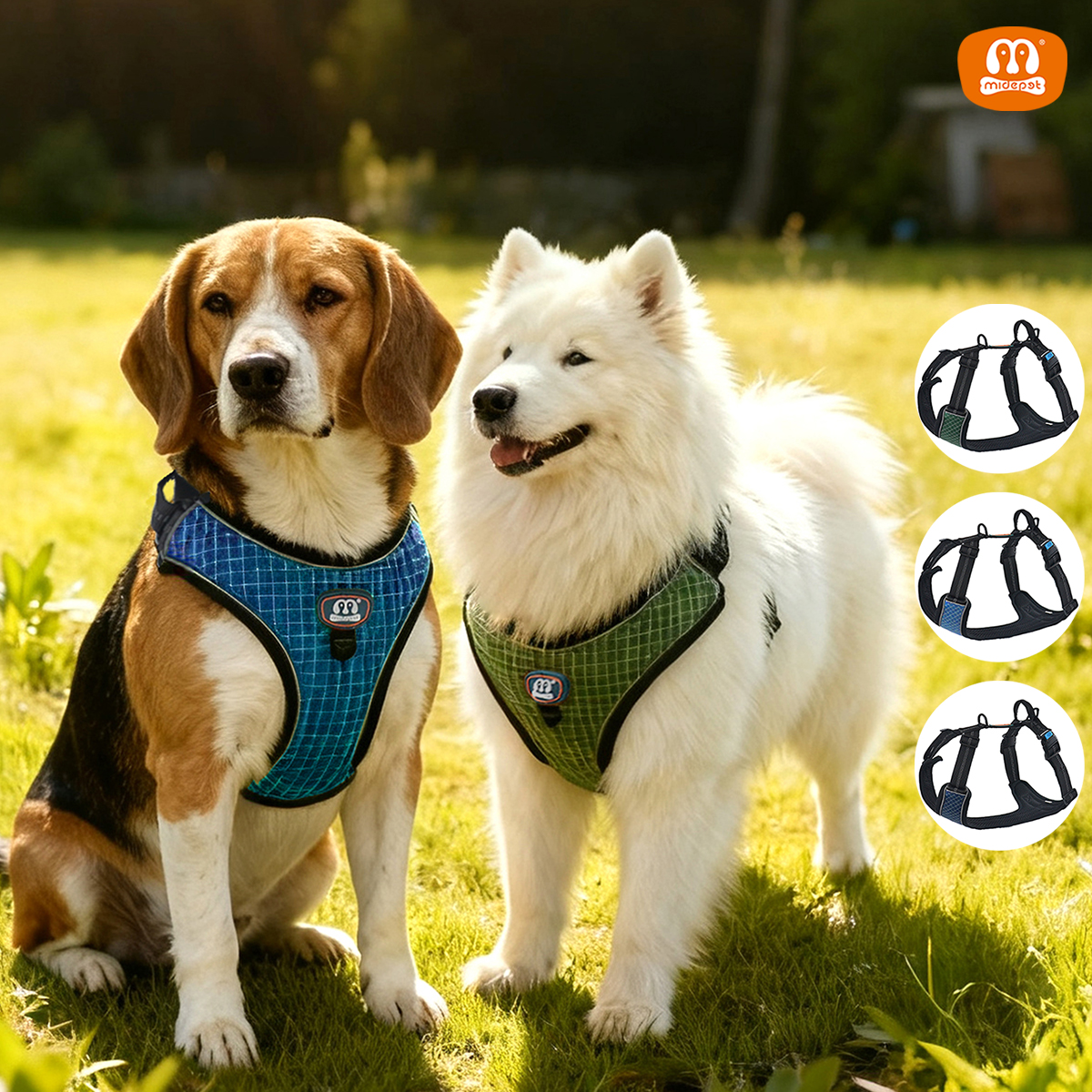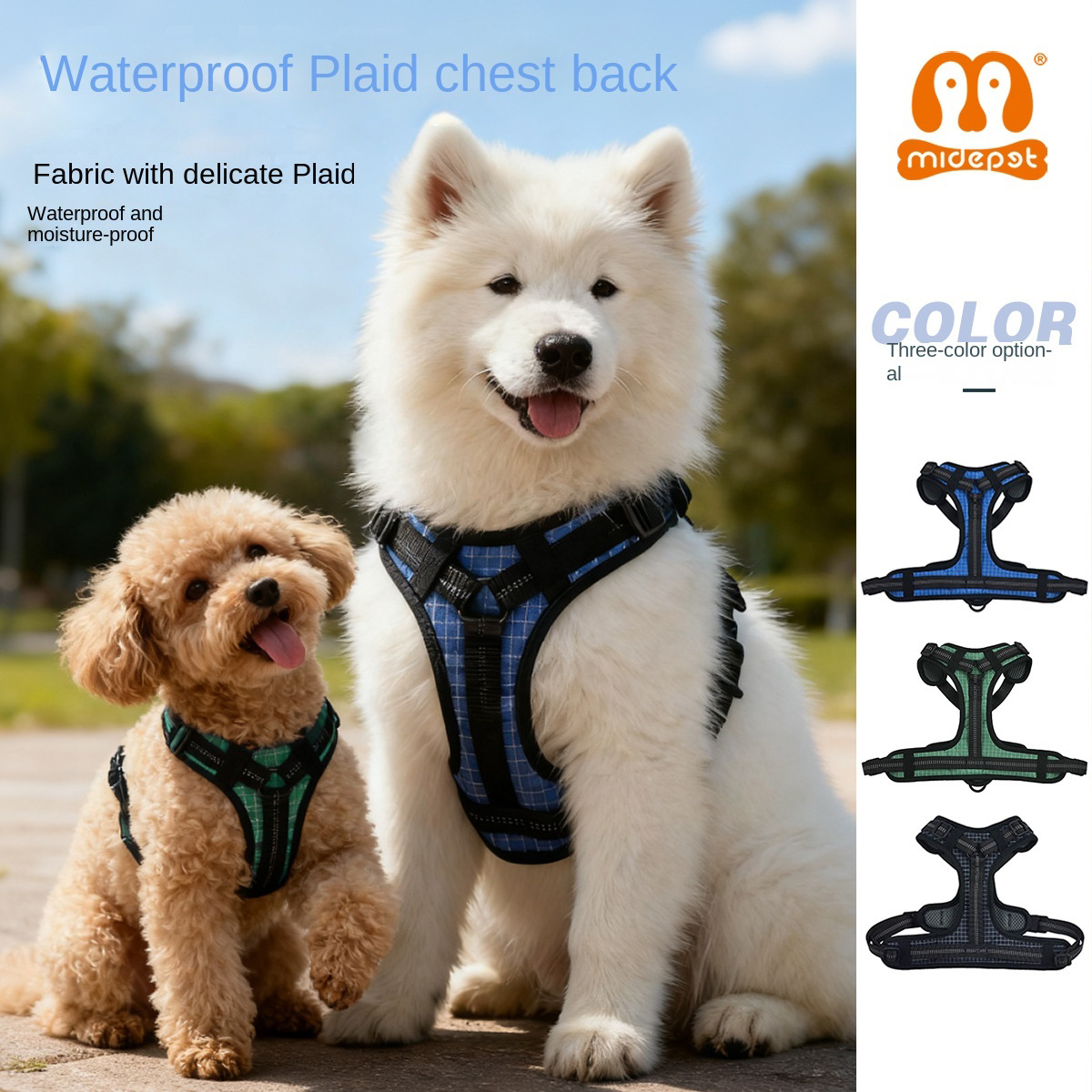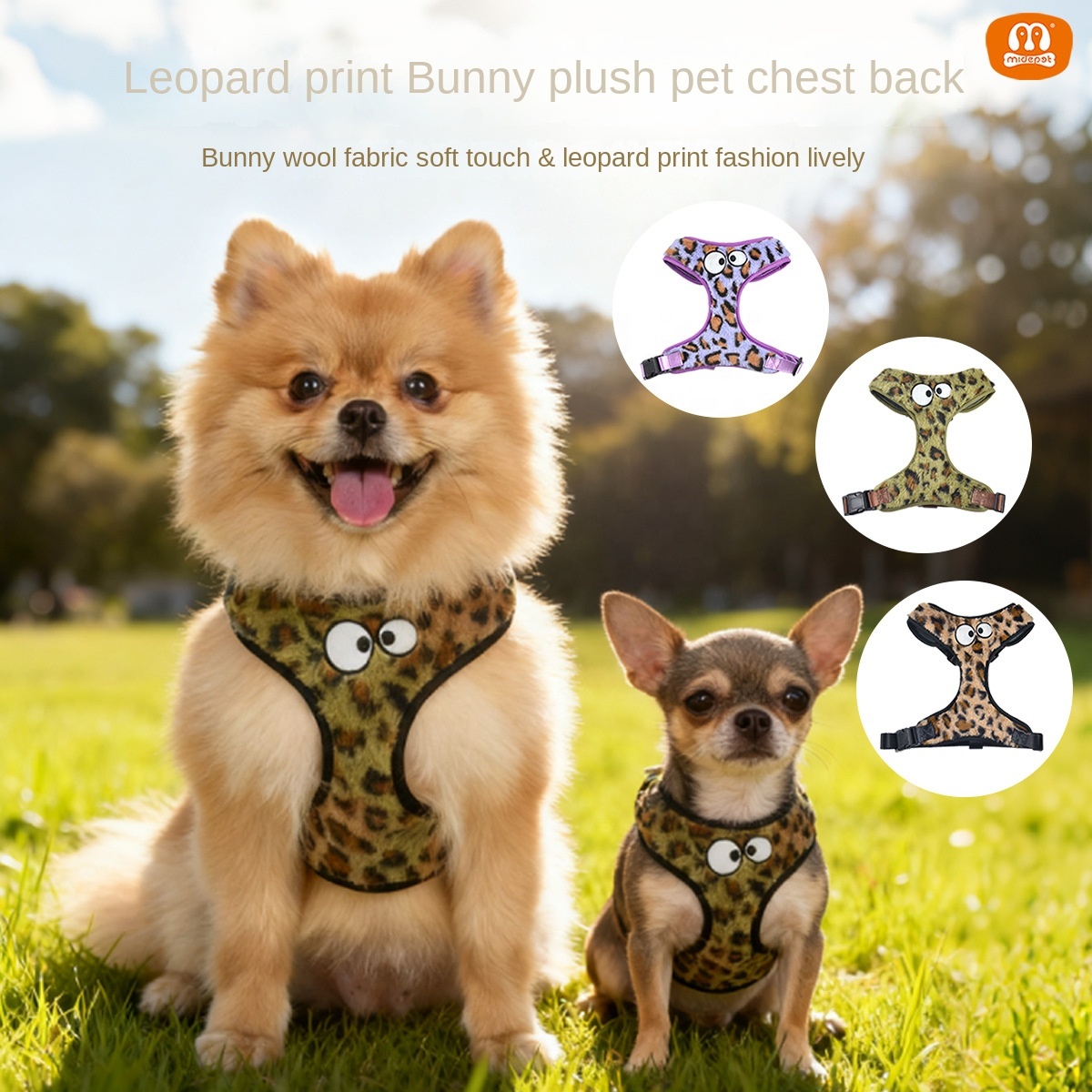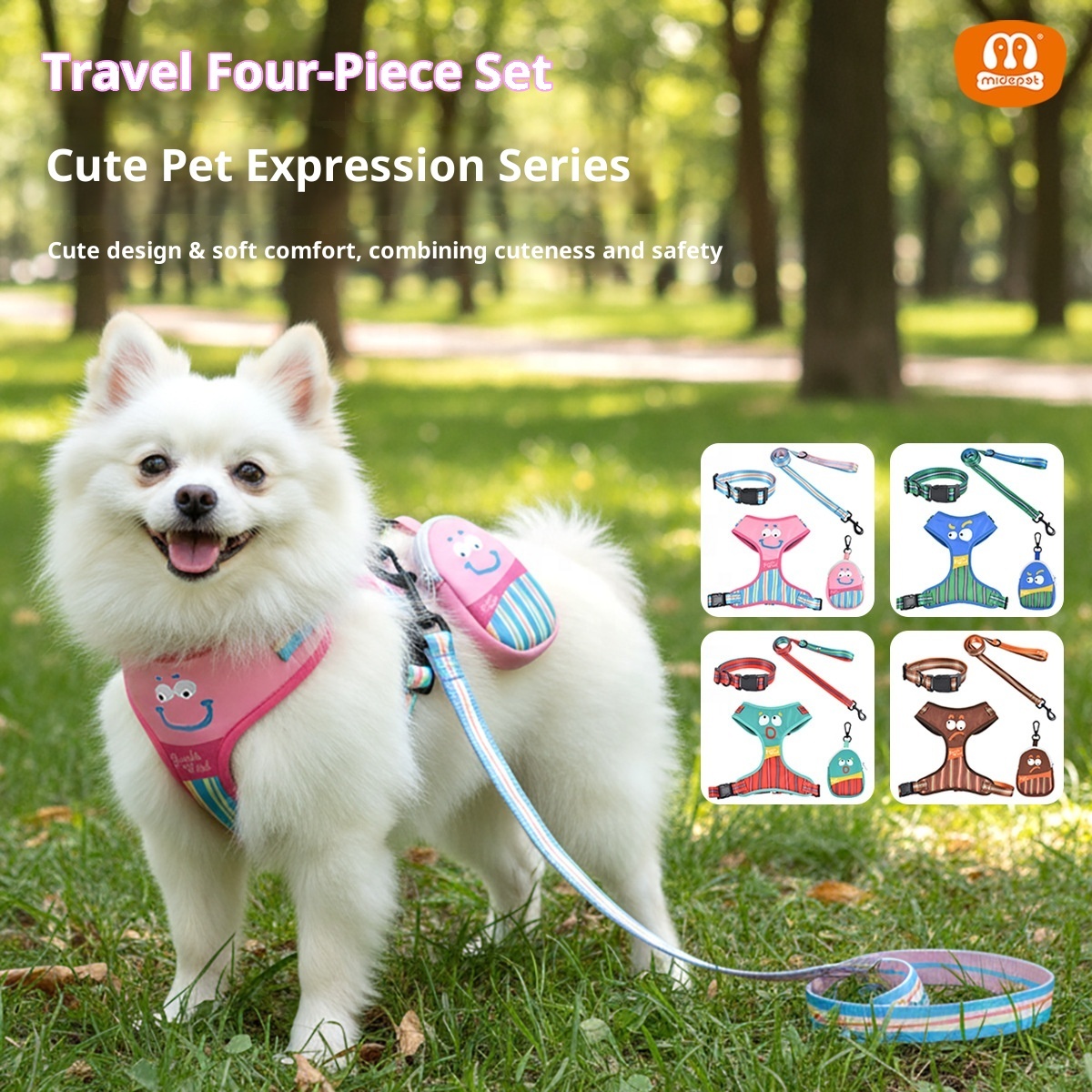Martingale or Slip Lead Which Is Better for Training?
Martingale or Slip Lead: Which Is Better for Training?
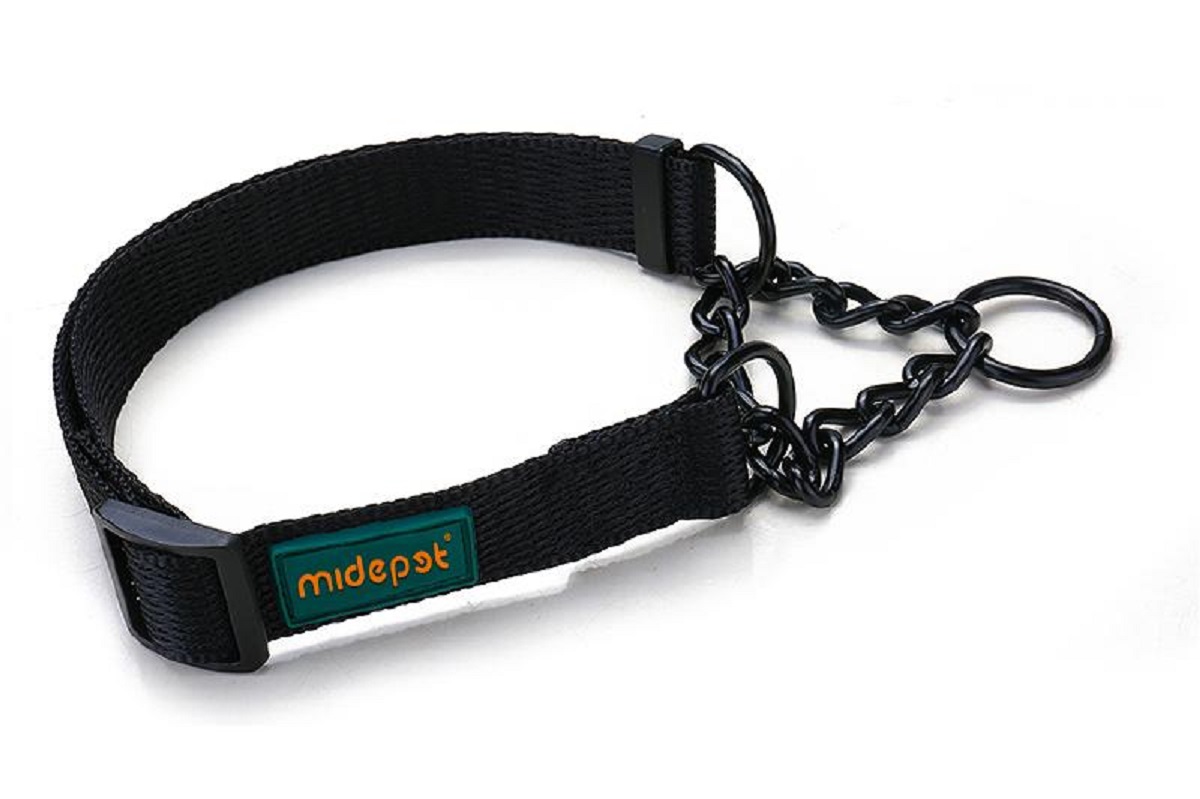
When it comes to training your dog, selecting the right collar is crucial. Not all collars are created equal, and some are designed specifically to help with behavior correction and training. Two of the most popular options are the Martingale collar and the slip lead. But how do you know which one is right for your dog? In this article, we’ll explore the differences between these collars, their pros and cons, and how they can help improve your training sessions.
1. Introduction: Understanding Different Types of Dog Collars for Training
Choosing the best training collar for your dog can make all the difference when it comes to achieving effective results. Whether you’re teaching basic commands or addressing specific behavioral issues, having the right collar will help you communicate with your dog in a way that’s safe and clear.
Two popular options for training are Martingale collars and slip leads. Both serve a similar purpose—offering more control when a dog pulls on the leash—but they work in very different ways. Let’s dive into each one and see which might be the better option for your dog.
2. What Is a Martingale Dog Collar?
The Martingale collar is a type of dog collar designed to provide control without causing discomfort or injury to the dog. It’s often referred to as a limited-slip collar because it tightens only to a certain extent, preventing the dog from slipping out without choking it.
A Martingale dog collar typically consists of two loops: a large loop that fits around the dog’s neck, and a smaller loop that connects to the leash. When the dog pulls, the smaller loop tightens the larger loop around the neck. The key feature of this collar is that it won’t tighten beyond a certain point, making it a safer alternative to traditional choke collars.
3. How Do Martingale Collars Work?
Now that we understand what a Martingale collar is, let’s look at how it works. The Martingale collar is designed to tighten when the dog pulls, but only to a limited degree. This tightening action provides gentle correction without causing harm, making it a popular choice for owners of dogs with narrower heads, such as Greyhounds, who are known for slipping out of regular collars.
The gentle tightening also makes this collar great for training, as it provides a clear signal to the dog when it pulls or moves out of position. Unlike choke collars, the Martingale won’t constrict the dog’s neck excessively, making it a safer and more humane option for everyday use.
4. Slip Lead vs. Martingale Collar: Key Differences
So how does a Martingale collar compare to a slip lead? Both collars tighten when the dog pulls, but they operate very differently.
A slip lead is essentially a leash and collar in one, where the lead slips through a loop to form a collar. When the dog pulls, the lead tightens around the neck. The problem with slip leads is that they can tighten indefinitely, posing a choking hazard if not used correctly.
On the other hand, a Martingale collar is designed to tighten only to a certain point, preventing over-constriction. This makes it a safer option for most dogs, particularly those that are still in training or prone to pulling on the leash.
When deciding between the two, it’s important to consider your dog’s behavior and size. If you need more control but want to ensure the collar won’t choke your dog, the Martingale might be the better option.
5. Martingale Collars for Puppies: Are They Safe?
Many dog owners wonder if Martingale collars are safe for puppies. The short answer is yes, but with some caveats.
Because Martingale collars provide gentle control without choking, they can be a good choice for training puppies, especially those prone to pulling or slipping out of traditional collars. However, it’s important to use the collar properly. Puppies have delicate necks, so it’s crucial to ensure the collar is fitted correctly and doesn’t tighten too much.
Experts recommend starting with shorter training sessions and always supervising your puppy while it wears the collar to ensure it’s comfortable and not overly restricted.
6. Choosing the Right Collar for Your Dog
When it comes to choosing the right collar for your dog, it’s important to consider their size, temperament, and specific training needs. Martingale collars are ideal for dogs that tend to slip out of regular collars or require gentle correction during training. They’re also great for dogs with narrow heads, like Whippets and Greyhounds, or those who are new to leash training.
On the other hand, slip leads can be useful in situations where quick control is needed, such as during short walks or training sessions with professional trainers. However, slip leads require careful handling to avoid choking, making them better suited for dogs that respond well to leash pressure.
If you’re not sure which collar to choose, consult with a professional dog trainer or your veterinarian for advice. The right collar will depend on your dog’s specific behavior, size, and training goals.
7. Conclusion: Finding the Perfect Training Collar
Both Martingale collars and slip leads have their place in dog training, but the right choice ultimately depends on your dog’s individual needs. While slip leads provide quick control, Martingale collars offer a safer and more humane option for everyday use, particularly for dogs that pull or slip out of their collars.
Whichever collar you choose, make sure it’s used properly and with care. Proper training is key to helping your dog understand the boundaries and behave safely on the leash. And if you’re ever unsure, don’t hesitate to seek advice from a professional trainer.



